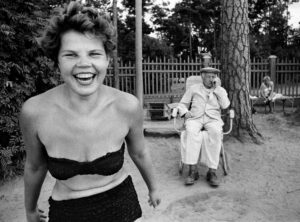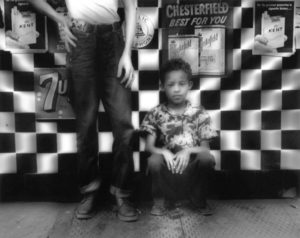Street photography - street photography are photos that usually contain random incidents in public spaces with the focus normally on people and their behavior - sometimes people may not be present, yet photos can be taken of environments where human activity is evident and can be recorded. The photographs don't have to be on the street or in an urban environment, they can be anywhere for example Martin Parr has taken shots on the beach that still come under this category because of the nature of the photos. https://www.martinparr.com/recent-work/ Street photography is almost always candid yet candid photography isn't always street photography. A candid photograph is when the subject does not pose for the camera.
Monthly Archives: November 2017
Filters
Street Photography
Street Photography
Street photography is about documenting everyday life and society. Street photography doesn’t necessarily need to be shot in the street; you can shoot at the airport, at the mall, at the beach, at the park, in the bus or subway, in the doctor’s office, in the grocery store, or in any other public places.
Street photography is candid photography of life and human nature. It is a way for us to show our surroundings, and how we as photographers relate to them. We are filtering what we see, to find the moments that intrigue us, and to then share them with others. It’s like daydreaming with a camera.
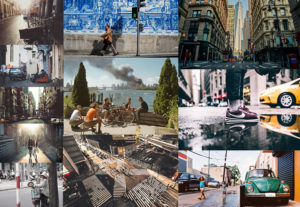
source – here
http://erickimphotography.com/blog/2013/08/07/what-is-street-photography-2/
Homework 2- Street Photography
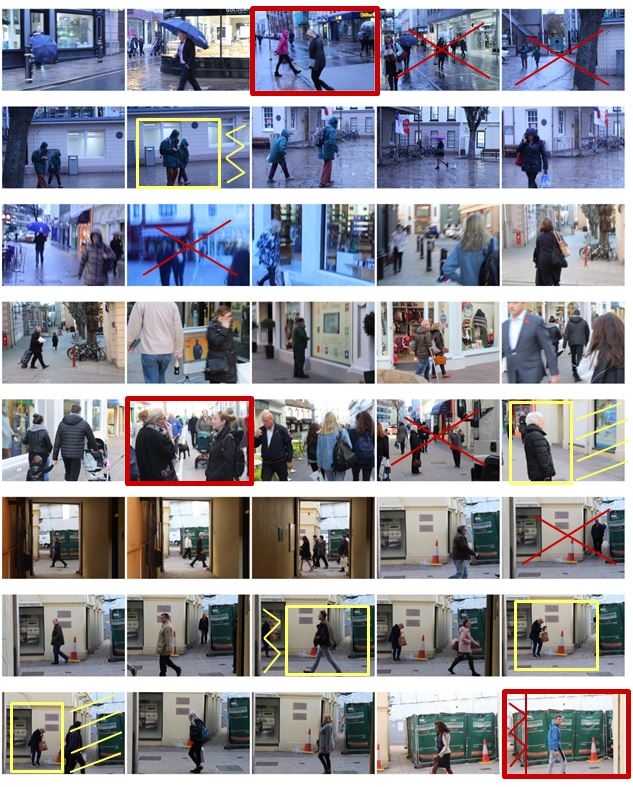 I selected the images from my photo shoot that I thought have a clear subject and a good angle at which the photo was taken and displayed them below. I have highlighted the photos I definitely want to use in red and highlighted them in yellow if they need editing.
I selected the images from my photo shoot that I thought have a clear subject and a good angle at which the photo was taken and displayed them below. I have highlighted the photos I definitely want to use in red and highlighted them in yellow if they need editing.


I have chosen these photos and have cropped them to make the overall photo more aesthetically pleasing and so you can see the person more clearly and distinctly. The photograph was candid as i took it at an angle in which the subject did not know they were being photographed, making it more natural. My favourite photo out of the two is the first one as it is more interesting as she is looking for something and is not just walking down the street.

I chose another three images which I liked out of my photo shoot and experimented with the colours and tones. This process allows me to see my photographs next to one another and compare them with each other so i can effectively chose my final images. My favorite image from the first row is the 3rd image as i set the white balance to fluorescent light in order to create a blue tint. This creates the effect that the photo was taken in the evening. I also like the colours in the background as i think it gives the photo more atmosphere.
These are my final two images from the photoshoot.
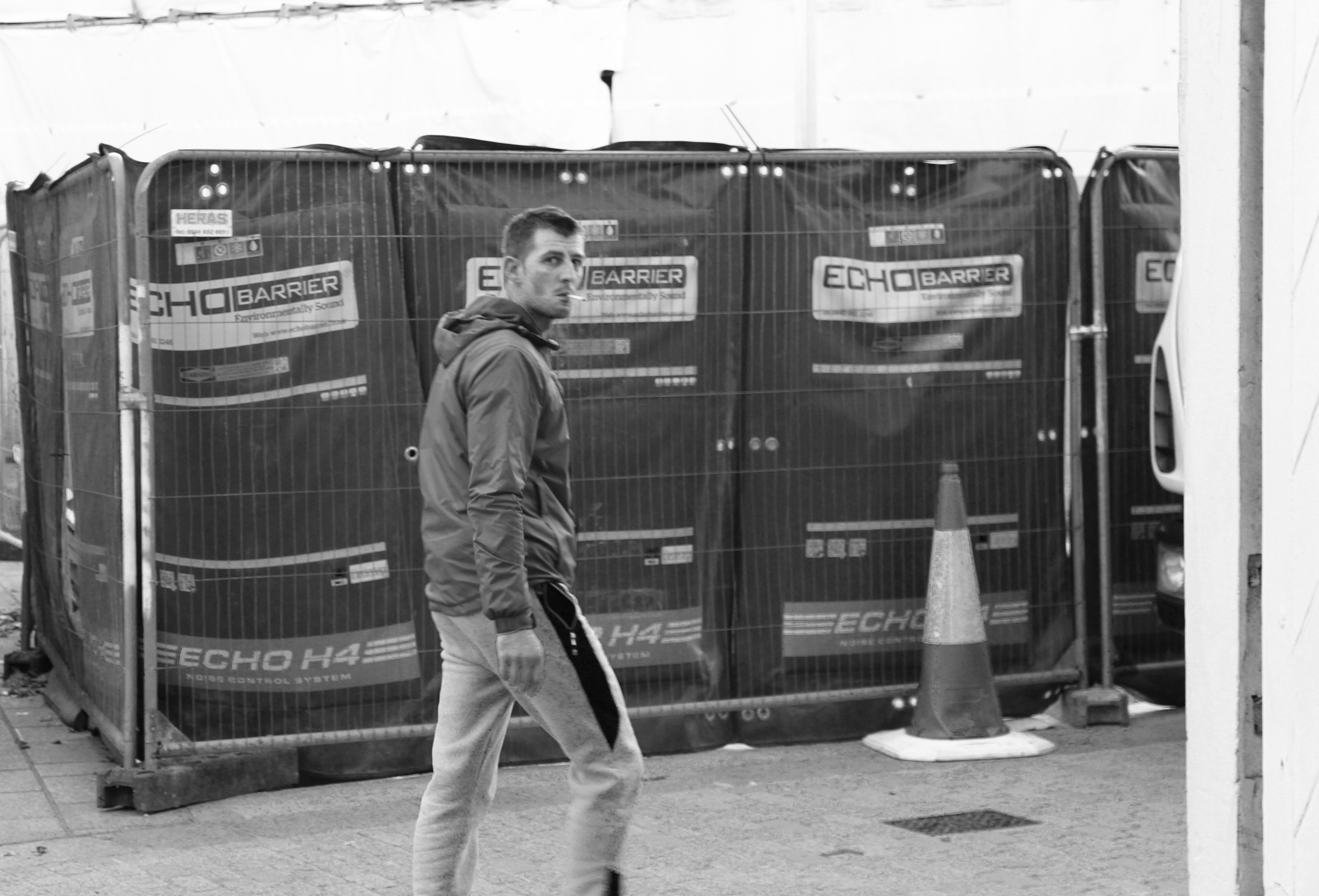
The first image i like as the subject is completely natural which makes the photo candid. I also managed to capture the photo the moment in which he realised he was being photographed which is why his face is confused. I edited the photo in black and white to emphasise the the contrasts in colour and so the subject and the street are in similar tones. I like the background in the photograph and i think it portrays a street well, the fencing and the traffic cone create a sense of the loud atmosphere when the photograph was taken.

I chose this as my second final image as the atmosphere of the photograph contrasts a lot with the first image. The first being loud and busy, and this photo being more calm and relaxed due to the colours in the background of the photo. I edited the photo to emphasise the pastel light pink wall in the background and the railings behind her. The composition of the photograph is good as it is split up my straight lines showing the rule of thirds. The photo is also candid and natural as the subject is unaware that the photo is being taken making it ideal for street photography.
Street Photography
What is street photography?
This genre of photography is linked to documentary photography. It started as a way to document what happened to people in certain places at a certain time. Street photographers document people and their behaviors in public places (not just streets.) It is used as a recording of history, events and news. Framing and timing are key elements within street photography to allow an achievement within this genre. Street photographers display scenes of people unaware that the photo is being taken. This method creates a very truthful and realistic image, making the viewer feel as if they are in the picture. This structure of a photograph being captured without creating a posed appearance is called a candid photograph.


Mary Ellen Mark
Is a well known street photographer,Her work is used in order to demonstrate a side of reality that is presented as the minority,so using her camera as a mode of inablment to show these people.
Her work can be descried as old and new,it is a modernization of historic journalism within her work but also a more outrageous twist to which she is accustomed. Mary Ellen has been photographing on the streets of New York City since before she even lived in New York City—and she continues to. The energy and variety of New York has always inspired Mary Ellen. Her work is also seen within experimenting in different modes such as Polaroids or more set up celebrity shoots. Although she only shoots people who have somewhat political power or a message of leadership within their own work.
Before her fame as a photographer, In 1983 Mary Ellen met Tiny, a 13-year-old girl working as a prostitute on the streets of Seattle. This was the inspiration for her book and commentary that inspired her work for a further 30 more years. This demonstrates how her work was based off a story of people and some occasions this could be based upon suffering or a miscarriage of life that she wanted to change by exposing to the world.
Mary Ellen taught photography workshops for over 30 years.she discusses the main topics that she would distill in her workshops using examples of her work and also photographs by some of her students.Her work was always graphic and had a suitable message behind every each piece. Her work shows a continuous explotment of different people,races and social classes within america at the time. As clearly seen all of her images are real and captured from inspiration within the streets.
to me her work is a clear exaggeration of the issues at the time and how it was important to exploit the minority and the issues living among everyone in new York. To me her work expresses and demonstrates Americas development and need for change within people.Each of her photos exploit a different conceptual concept of people within NYC .
My favorite image is seen below: 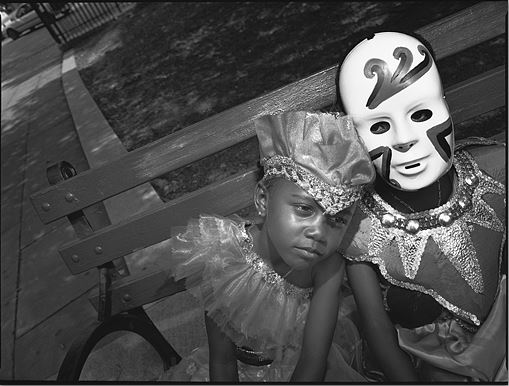
I like this image due to all the possible reasons behind as to why it was taken. this image has an interesting angle and composition to show a small youthful girl leaning on a masked persons shoulder,perhaps this is done to show how even the innocent are reliant upon masked and faked laws that portray a sense that they are helping and efficient but are nothing but the differ.
Street/Candid Photography
Street /Candid Photography
Street/Candid photography is a form of photography in which the subject that is being photographed is unaware that the photo is being taken and the encounter between the subject and the photographer is a chance encounter
Street Photography


Street photography can focus on people and their behavior in public, thereby also record people’s history. This motivation entails having also to navigate or negotiate changing expectations and laws of privacy, security and property. In this respect, the street photographer is similar to social documentary photographers or photojournalists who also work in public places, but with the aim of capturing newsworthy events; any of these photographers’ images may capture people and property visible within or from public places.
Candid Photography
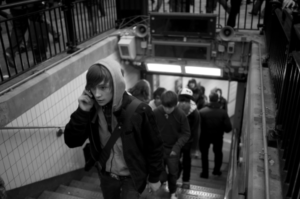
Is a photography captured without creating a posed appearance the candid character of a photo is unrelated to the subject’s knowledge about or consent to the fact that photos are being taken and unrelated to the subject’s permission for further usage and distribution. The crucial factor is the actual absence of posing. However, if the subject is absolutely unaware of being photographed and does not even expect it.
Links About Street Photography
https://world-street.photography/en/
http://mashable.com/2014/02/23/44-beautiful-candid-moments-captured-in-photographs/#4e_lfoGjNaqH
Final Images For Environmental Portraiture


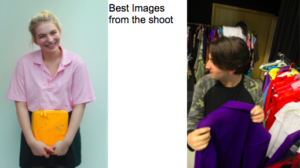
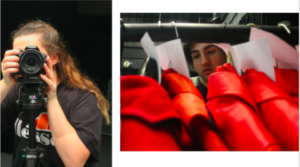
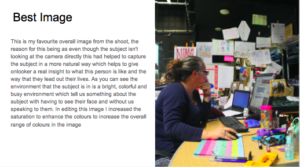
street photography
what is street photohgy?
Street photography, is photography conducted for art or enquiry that features unmediated chance encounters and random incidents within public it is used to focus on street behaviour and how people develop and act whiten their natural environment and daily journey, it has a long history to it being based off of development of time to capture the people with. the city as a way of developing change. what I like about street photography is how very picture tells a story and also presents each person in such a different dynamic.

what is candid photography ?
Although there is a difference between street and candid photography, it is usually subtle with most street photography being candid in nature but not all candid photography being classifiable as street photography. Street photography does not necessitate the presence of a street or even the urban environment . whereas candid is a photograph captured without creating a posed appearance. This is achieved in many ways .peronsally candid photography has so much accurate expression of happiness and or any emotion that is real and human that you are bale to couture
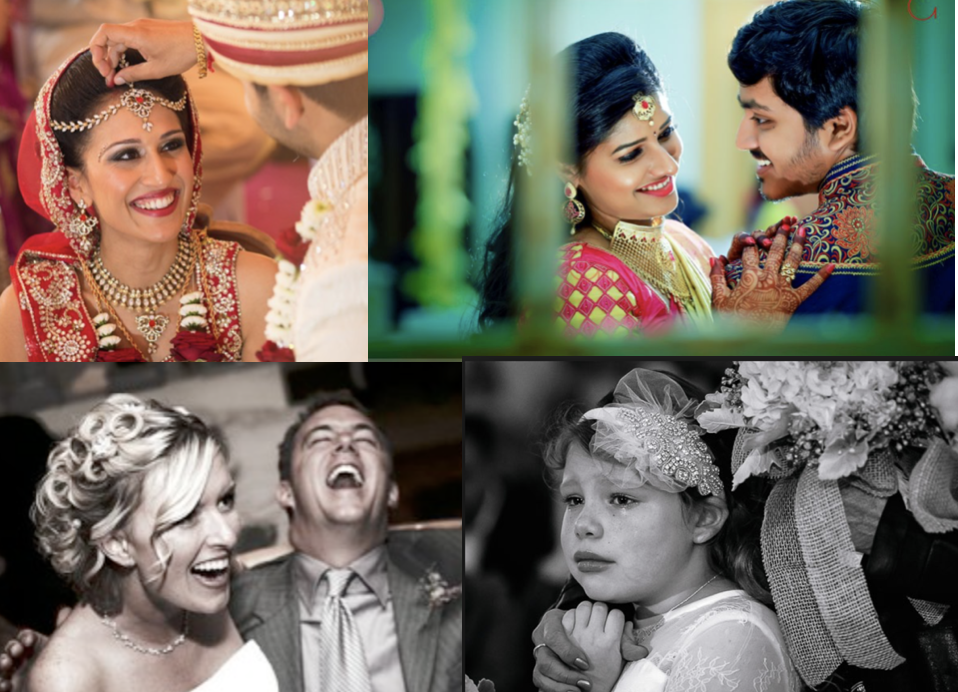
Environmental Portraiture Homework
Arnold Newman


Arnold Newman was born in 1918 and is acknowledged as the pioneer of the environmental portrait, he is also known for his still life and abstract photography. The reason I was intrigued by Newman’s images is because not only does he show people in their natural workplaces like the typical environmental portrait photos, but he also captures images which further communicate a lifestyle choice chosen by the person in the photo in a more in-depth sense than just their workplace. I feel that this approach creates a stronger connection between the person in the photo and the audience because it allows them to feel as if they know the person being photographed. He released many books throughout his life and is an important contributor of portraits to publications such as life and vanity fair.
Photo Analysis

I am inspired by this photo and visually appreciate it due to the simplicity yet great effect it has. The simplicity comes through the use of only three real colours, thus being white, black and grey which strongly contrast each other. This strong contrast helps the viewer identify the key elements to the photo which is the piano and the pianist. This photo comes under the category of environmental portraiture due to the fact that we can understand something about the mans life due to what is shown in the photograph. In this case we know he is a piano player and perhaps lives a simple life due to the way in which the photo has very little detail.
Planning
Task – Take 150-250 formal portrait photos that show an understanding of environmental portraits.
Location – Sporting locations such as football pitch and skate park.
Subjects – My friends with their sporting equipment on in the related location.
Camera settings – 1/250 sec, f/4, ISO 100 (most likely will be adjusted slightly up and downwards)
Props – Model, football boots, football, helmet, bike/skateboard.
Lighting – Natural lighting, artificial for the night shots.
Concept – To photograph images in the style of Arnold Newman
Photoshoot

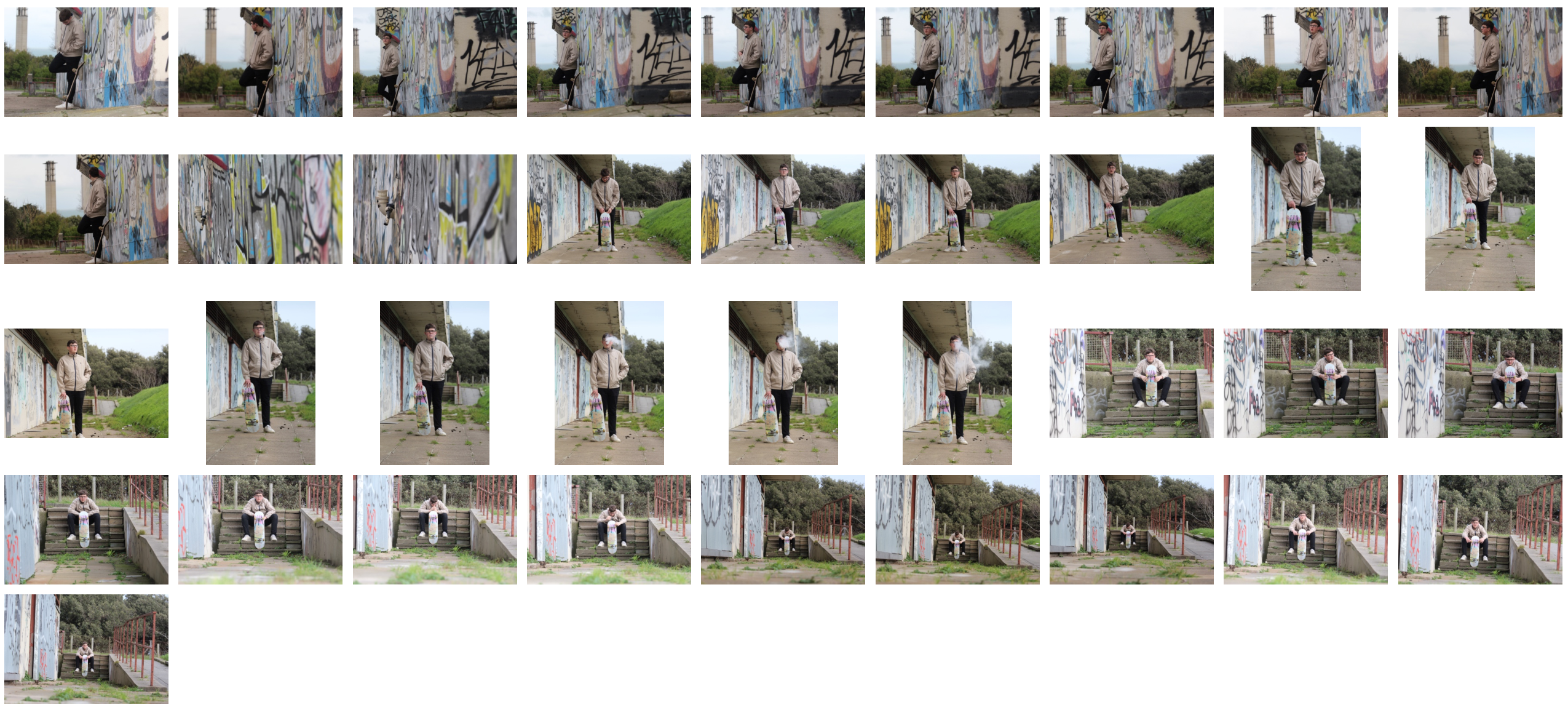
My Response
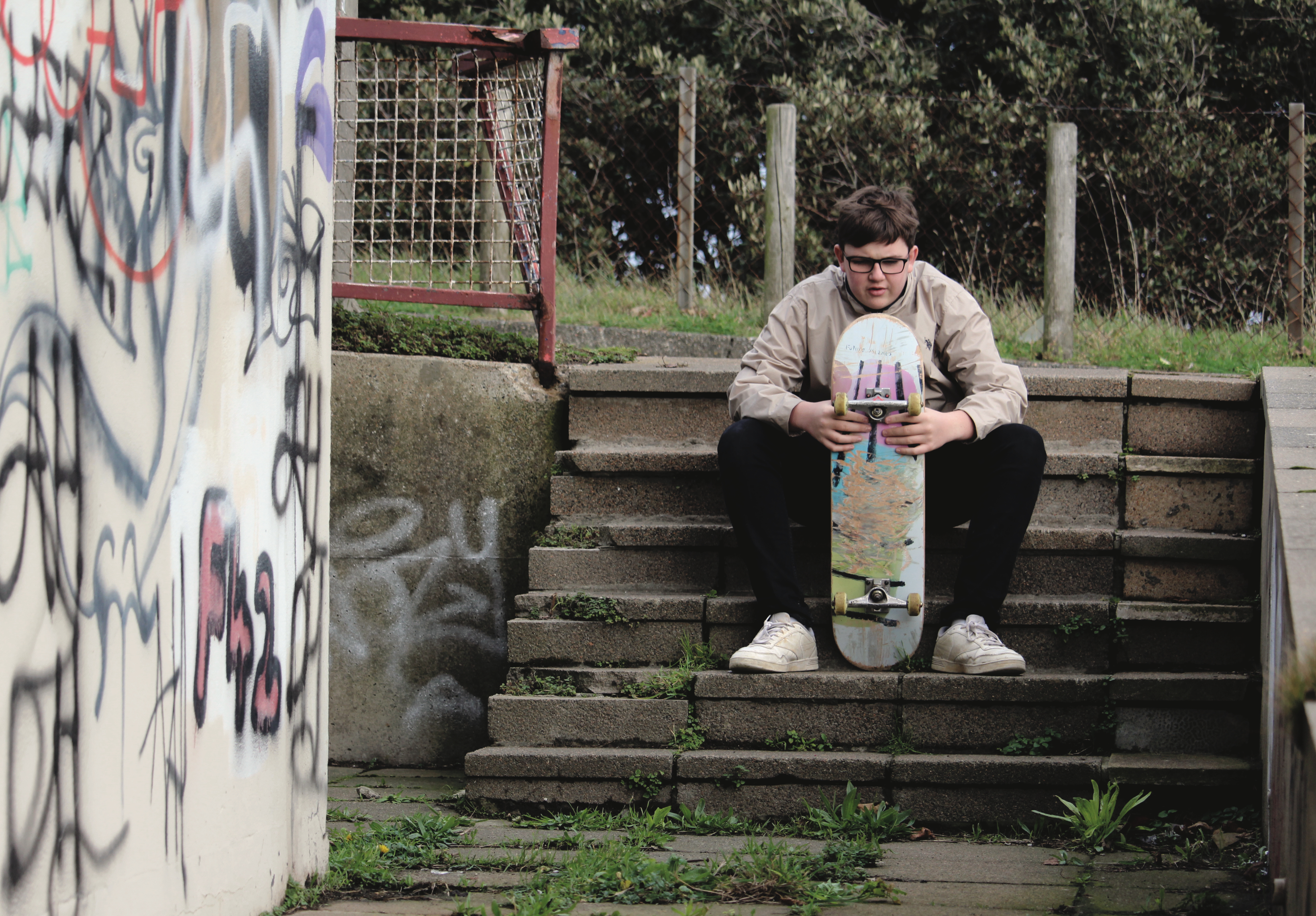

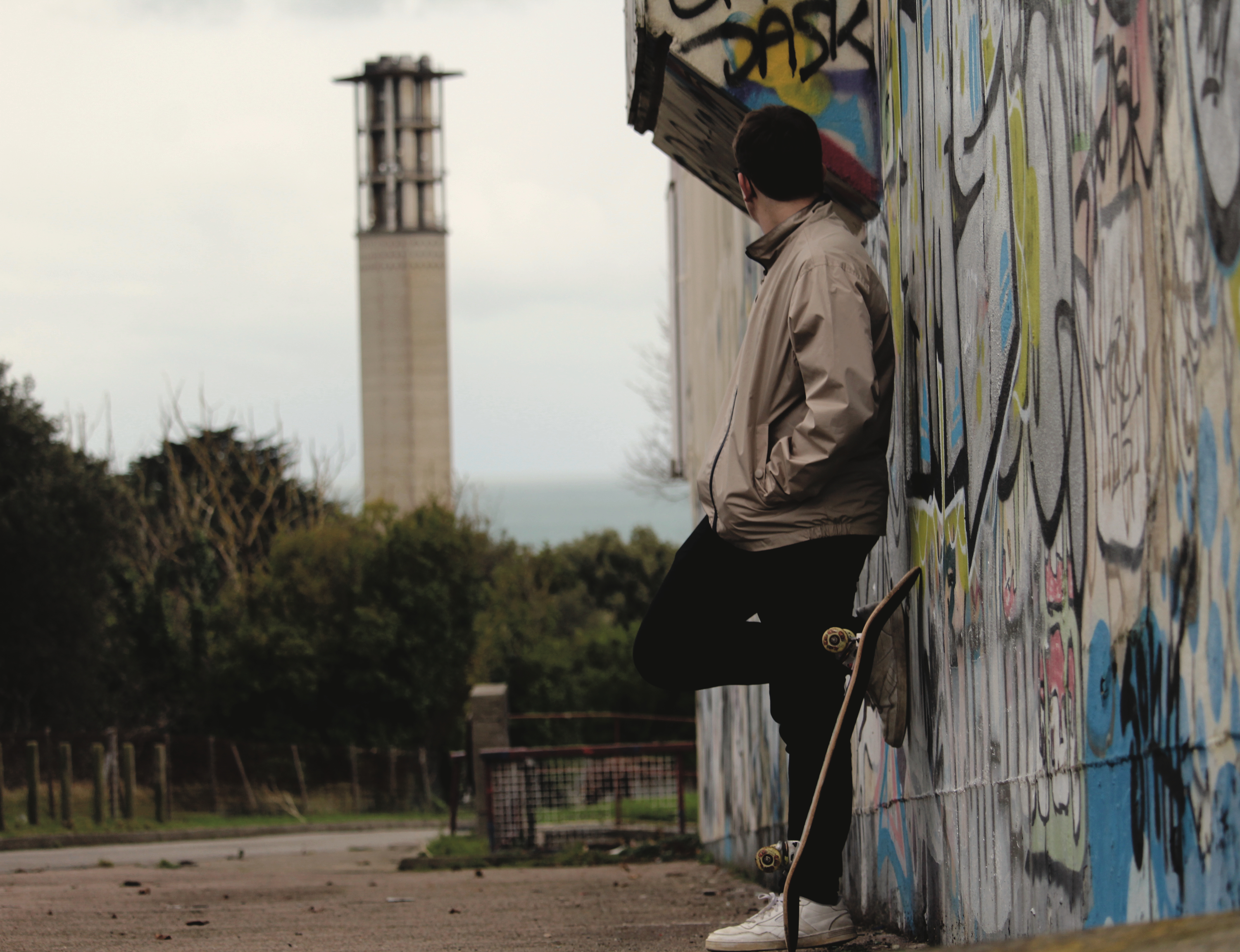

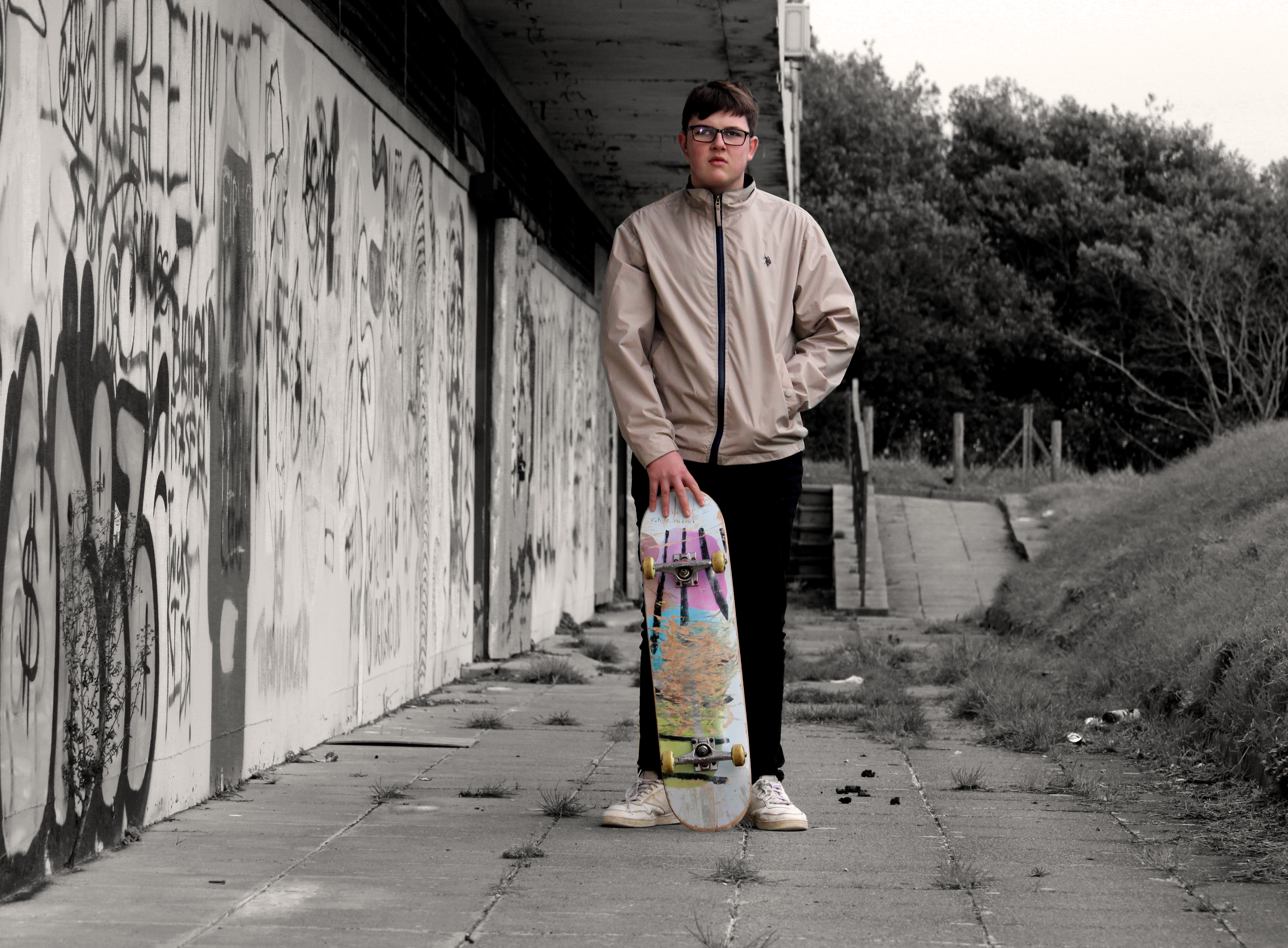
Henri-Cartier Bresson

The Decisive Moment:
In 1952 Henri Cartier-Bresson, a founder of modern photojournalism, proposed one of the most fascinating and highly debated concepts in the history of photography: “the decisive moment.” This moment occurs when the visual and psychological elements of people in a real life scene spontaneously and briefly come together in perfect resonance to express the essence of that situation. Some people believe that the unique purpose of photography, as compared to other visual arts, is to capture this fleeting, quintessential, and holistic instant in the flow of life.

This website was established by Henri Cartier-Bresson, his wife Martine Franck, and their daughter Mélanie, the Henri Cartier-Bresson Foundation opened its doors in May 2003. It now preserves Henri Cartier-Bresson and Martine Franck’s archives:

